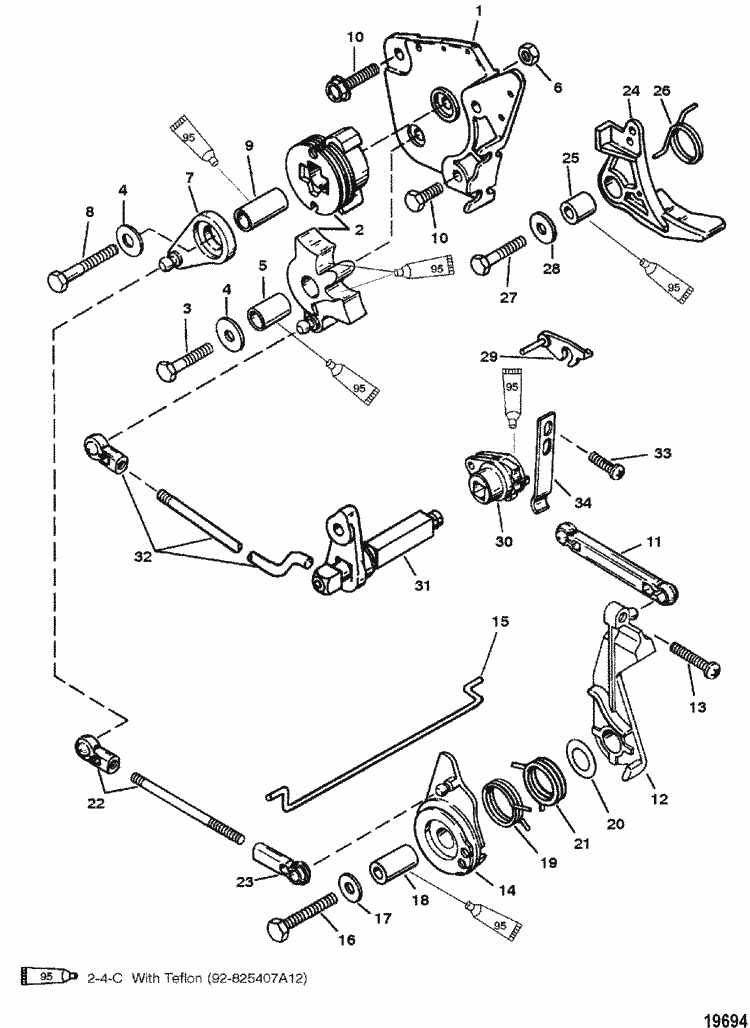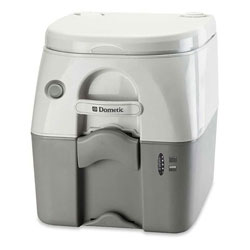So that was how last weekend went. Now let's fast forward to the first weekend in August. Leading up to this week, my brother had been hoping he'd be spared a weekend at work and be able to come up and enjoy some weather. But with the nature of the beast, comes the last minute text that he would need to head back in on Saturday. Hopefully he can get up next weekend and enjoy taking it out, even if I won't be able to join due to some other stuff I have planned already. However, the bright lining is that I had talked to my dad earlier as well and told him he was more than welcome to join. So even though my brother couldn't, my dad could. It's always more fun to take the boat out with company. It also makes docking a whole lot less stressful, as long as they are on the same page as you are. Don't believe me? Well fine.
I had intended on going up Friday night after work, but had some minor surgery to perform on one of the cars. Up early to do that on Saturday, and I finally got loaded on the the road around 10:30 AM. After stopping to grab some quick food - hot dogs and sandwich ingredients, I arrived at the marina about five, ten minutes after my dad had. I was glad he didn't have to wait for me too long. Wasn't a lot to load up, so we tossed it in the boat and then decided to head to grab some lunch prior to going out. Treated to a Chicken Tender sub, and he went with the Shrimp Basket, courtesy of Giuseppe's Sub and Pizza. Heading back, we pushed off and headed out into the lake. Anyone want to take a guess where there wasn't any wind? So we floated around for a while. There wasn't even enough wave actions to flog the sails, that's how dead the weather ended up being. I took the opportunity to jump into the water and cool off a few times, and even floated around on a tube and scrubbed down the sides of the boat a little. The starboard side had been pretty dirty so it was nice to get that cleaned. And it's always satisfying to send some spiders into the abyss where nothing but fish await. OH! Speaking of fish, we did notice on the boat loading trip, an interesting one hovering at the dock. I didn't have my camera, but it was one of these:
I had to actually look it up to see what it was, and was surprised to learn that the Spotted Gar is indeed native to Ontario and as of 2016, classified as Endangered. Kinda cool.
We chose to head back in for the evening. It wasn't so much that there wasn't a good spot to anchor nearby with no wind to get us there, but more that this was the weekend of the annual Fair Point summer bash. In true weekender style, I managed to bork up the shift linkage in the outboard as we docked. This is a 9.9 Mercury outboard, with a tiller shift design. I wasn't sure I had turned the motor off in Neutral so I turned it, and CLUNK into reverse it went - never to return. Oh well, we'll deal with that tomorrow. For the time being, the Bash! A great live band, and catered with some good eats. Even a Tiki Bar! They do this every year, but was the first time I was actually going to be at the dock to take advantage of it. So that gave us dinner and entertainment. We headed back to the boat and sat in the cockpit as the stars started to come out. We discovered Mars looking pretty bright - just recently it was the closest it's been in 15 years, so it wasn't too surprising. We also saw a couple floating lanterns go high overhead. And we also saw what we can safely classify as a UFO. Aliens? Who knows, but definitely unknown. It looked quite high in the sky, as if a plane. But was moving relatively quick, to where my dad surmised it might be a satellite flying past. Except as we watched it, we noticed it had a waver in the line it was on. Out over the lake it went, no sound, and disappeared. It was quite strange.
We woke up around 7 Sunday morning. My dad headed to the shower, and I woke up shortly after. Well, no time like the present to tackle this outboard thing. A recent knee injury has me being slightly more cautious (usually) than I normally am with putting weight on it, so I waited for him to get back, and we moved the boat a little, so it was angled in the slip. This brings the stern in a lot closer and allows me to remove the outboard from the kicker bracket from the dock, instead of trying to lift it up over the stern. Then came the long trek up the dock carrying the dumb thing. It's only about 80 lbs or so but it's still a workout. We propped it on the tailgate of his truck and tried to figure out what could possibly be gumming up these works. We first tried to remove the lower unit, thinking maybe something got borked in there. But we couldn't really see anything, and it would only drop about an inch and a half. So we abandoned hope of it being in the lower, and turned our attention back to the linkages under the cowl. The way this works, is there is a cable system from the tiller. This turns a cog wheel thing that not only operates a linkage to the throttle, but then also shifts gear. But for some reason, this sucker wouldn't shift! Finally my dad suggested we unbolt the piece that turns the shift, so we popped that 10mm bolt off, and bingo, instantly let us move things. It looked as if somehow, it skipped a tooth, is the best way to describe it. Here's a parts diagram for this thing, so you can see what I'm talking about:
So on this diagram, the shift assembly is #2 - two pieces that mesh together and turn in concert when the handle moves. There's a nut (#6 on the diagram) on the other end of the bolt that had us a little nervous since there's no way to get to it without removing the whole mess, but we chanced it. After removing the lower section of the shift assembly and re-aligning it, we put it back together and woohoo, we have shifting again! I tightened the bolt, and if I'm honest, I couldn't swear the nut wasn't turning on the other end, but it did feel relatively snug, and there's a bushing that the plastic piece sits over anyway. Back to the boat! Hefted the outboard back onto the bracket, and started the motor, shifted to Forward, yay! Shift back to Ne---no. Nothing. Now we're stuck in Forward. Talk about a "WTF" moment. I pulled the cowl, and that bolt had loosened up almost completely. This let the assembly not give any good bite, and wouldn't shift. I think what happened, looking back, is that when we first put the bolt in, it didn't REALLY get a bite on the nut. But this time, I said well, worth a shot.. and grabbed the wrench and it actually tightened up properly again. Ok, sweet. Problem solved. Until it changed problems.
I started the motor, shifted both directions multiple times, ok, so far so good. Wait.. why is there water pouring from the leg and not out where it should? Sonofa... I jumped onto a YouTube video of someone changing the impeller. There's a long copper tube from the top of the motor, down the leg. Then, there's a rubber sleeve, that slips over that, and then down onto the impeller housing in the lower unit. So what happened, we figure, is when we pulled the lower unit and even though it only got down an inch, it was far enough to dislodge that sleeve off the tube, so when it was running, it was just flooding water up the leg, and not up the tube. I also found the little clip shown in the video, that was holding everything from coming out. So we removed the pin from that, pulled everything down, reassembled properly, and FINALLY, we have water running, we have shifting. We even have a breeze. Away we go!
We had only a light breeze, about 1-2 knots of boat speed leaving the channel into the lake, and headed North for a while, as that's basically where it would take us. The sun was out, hardly any wisp of clouds, but we were moving, and that's what mattered. We chatted for a bit before he retired to the cabin for a nap for a bit. At that point, the wind slowly built up so we had a good 3+ knots of smooth sailing towards the West. After another hour, I decided to swing back around. I had a hunch the breeze was going to subside, and I figured if I turned back, it would mean a shorter motor back into the dock if it came to that. Dad woke up, and we had slowed a little bit, but we did continue making our way East towards the shore, and circled around a larger motor yacht anchored out. As we turned back towards the marina, it started getting pretty fluky on the wind front, so, a mile or so from the channel, we just dropped the sails and motored the rest of the way in. We had a smooth soft landing into the dock, and started unloading. It didn't take too long, and I let him head out while I buttoned the rest up. Overall a nice sunny weekend, and if you take out the no wind on Saturday, and the 2 hours of messing with the motor Sunday morning, it was pretty pleasant. I even took my new little Breeze 4k drone out for a test drive. Well, in the marina. I want to get a feel for it before I take it out and about on the water.



































